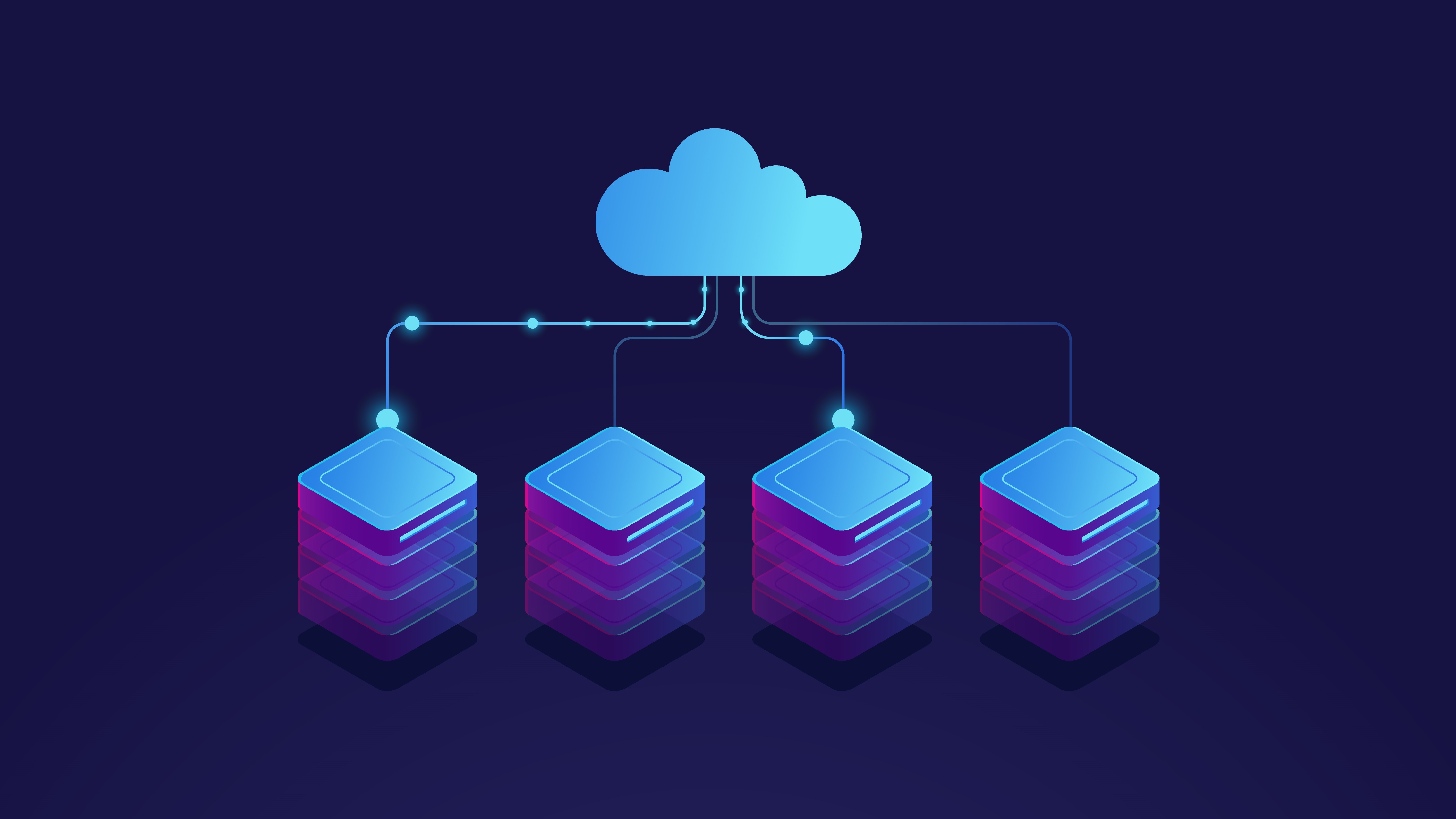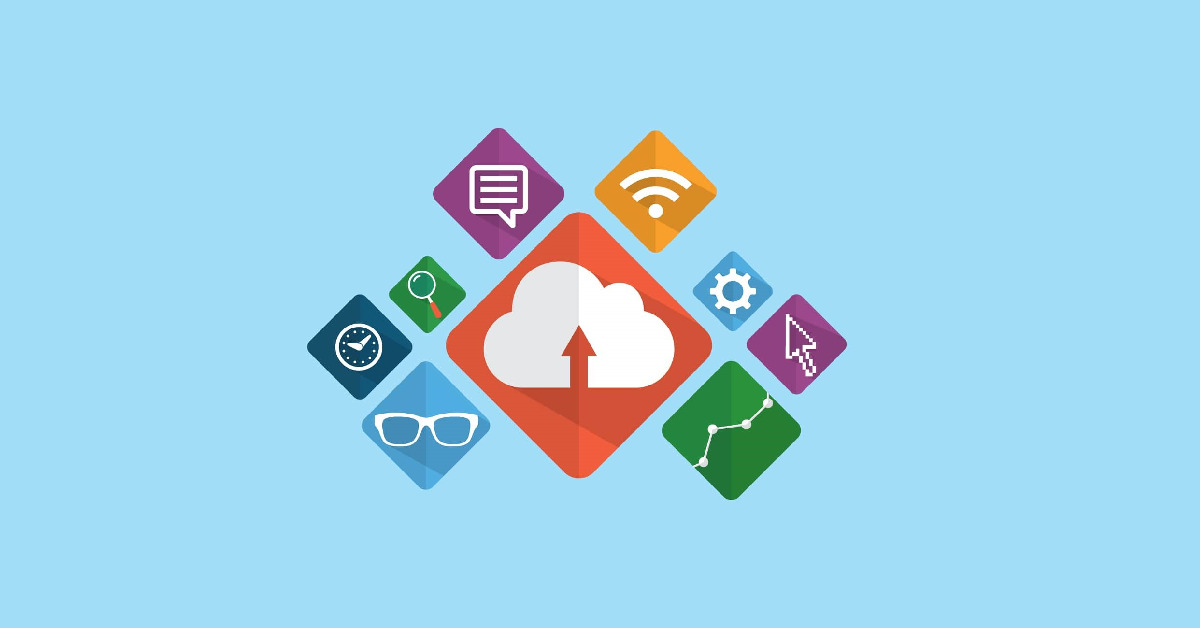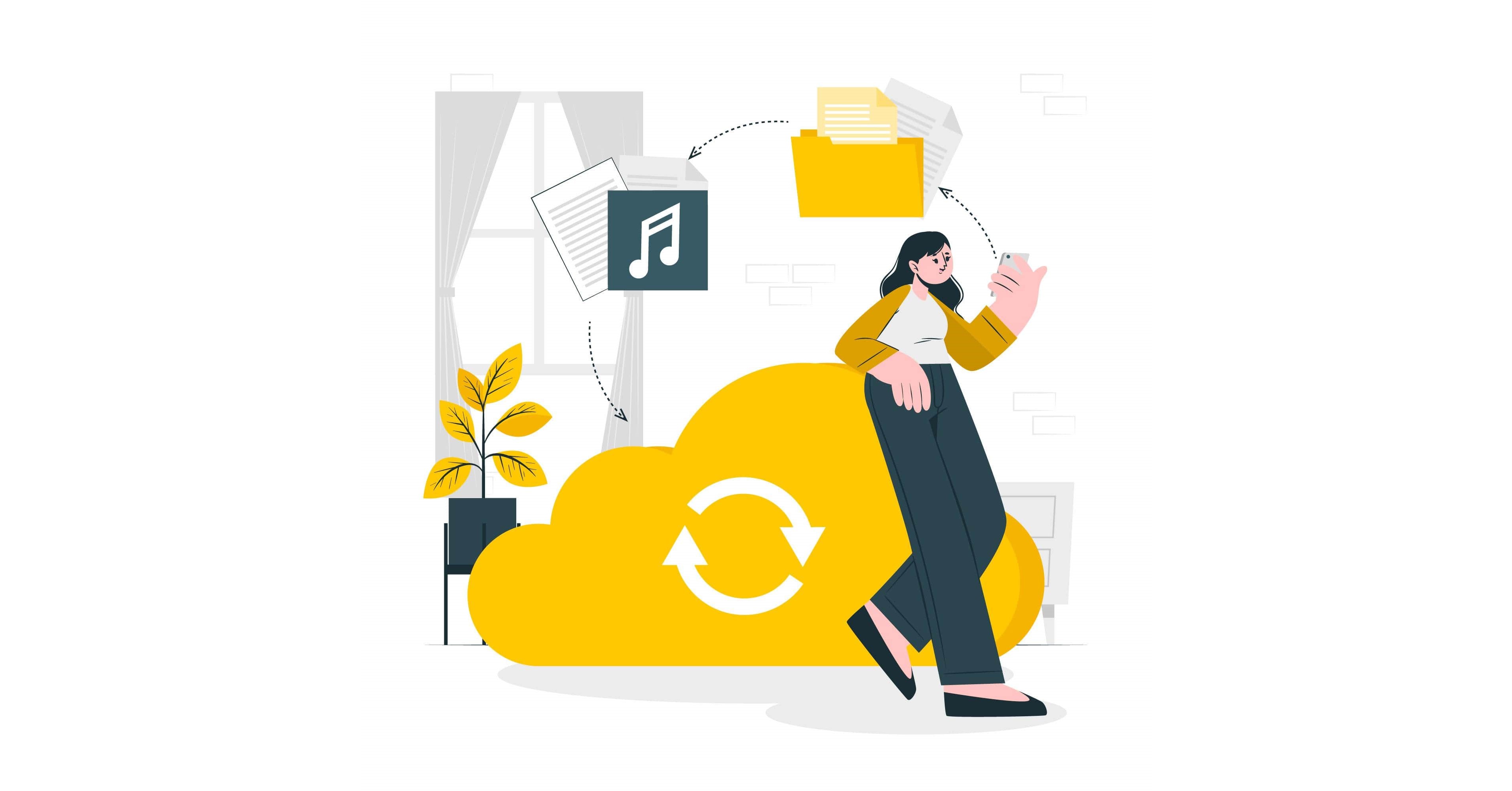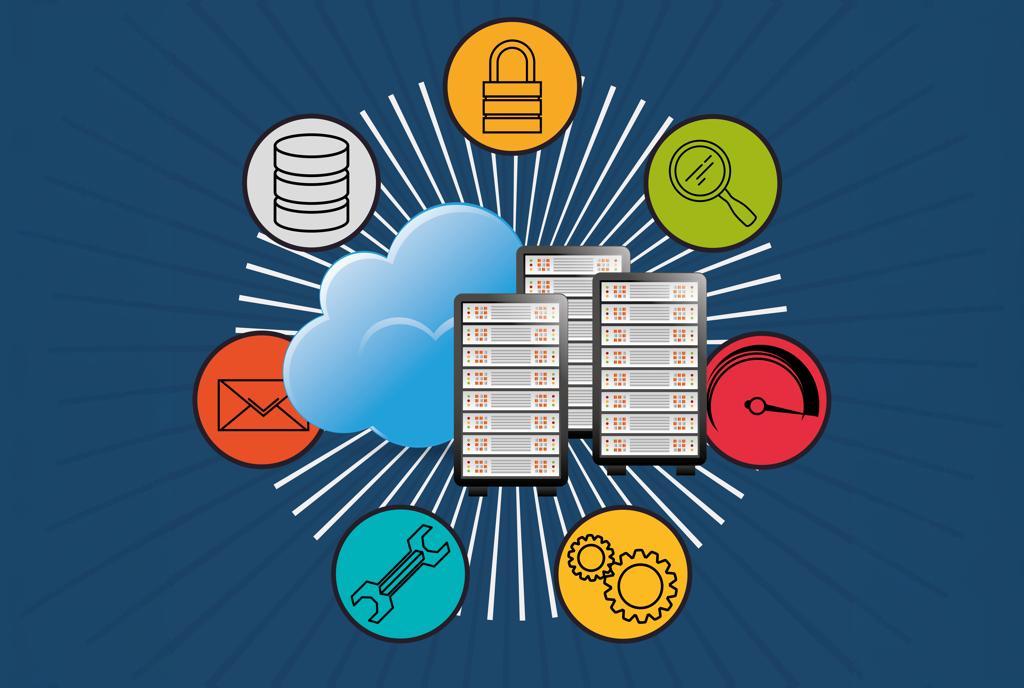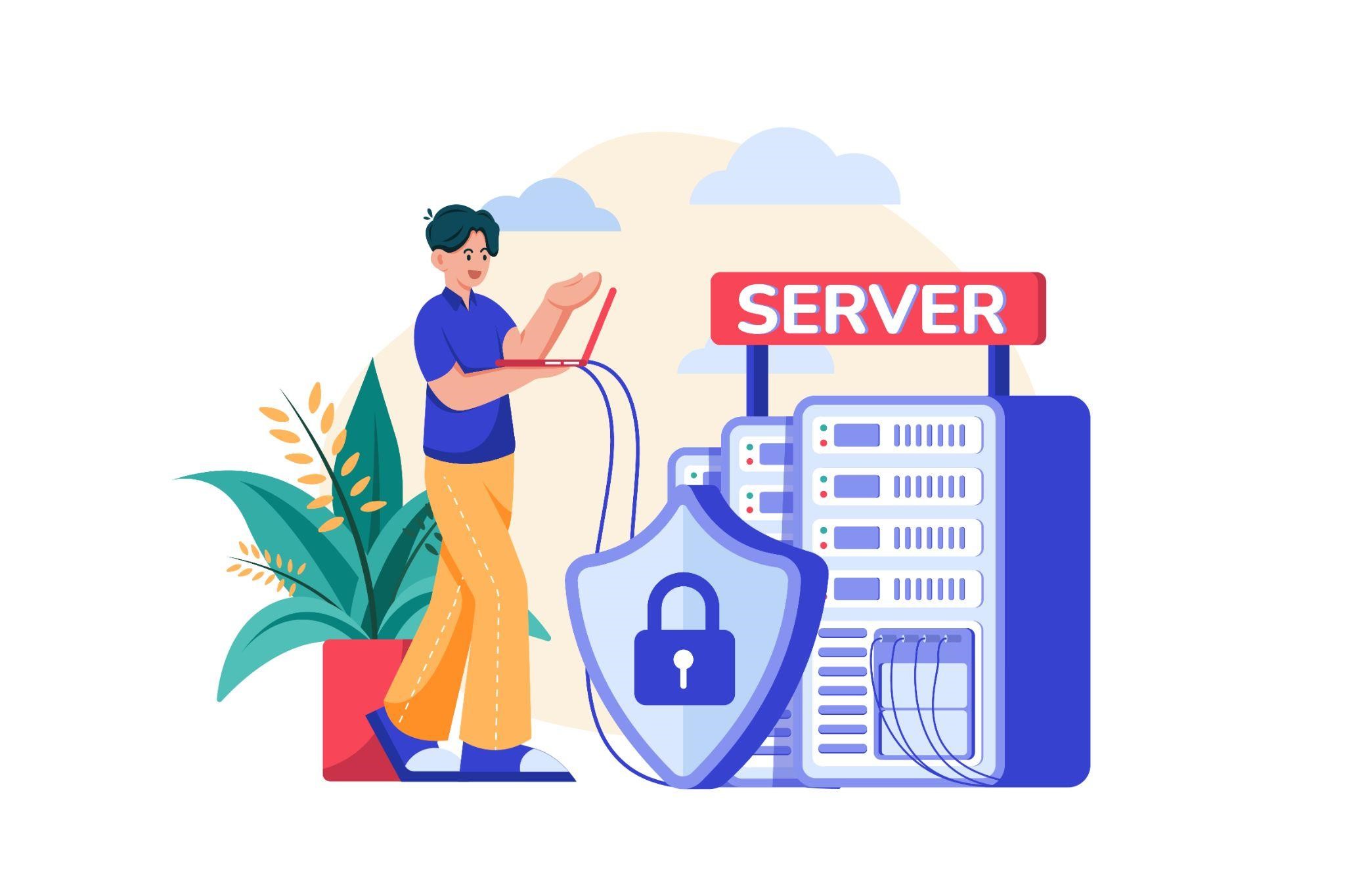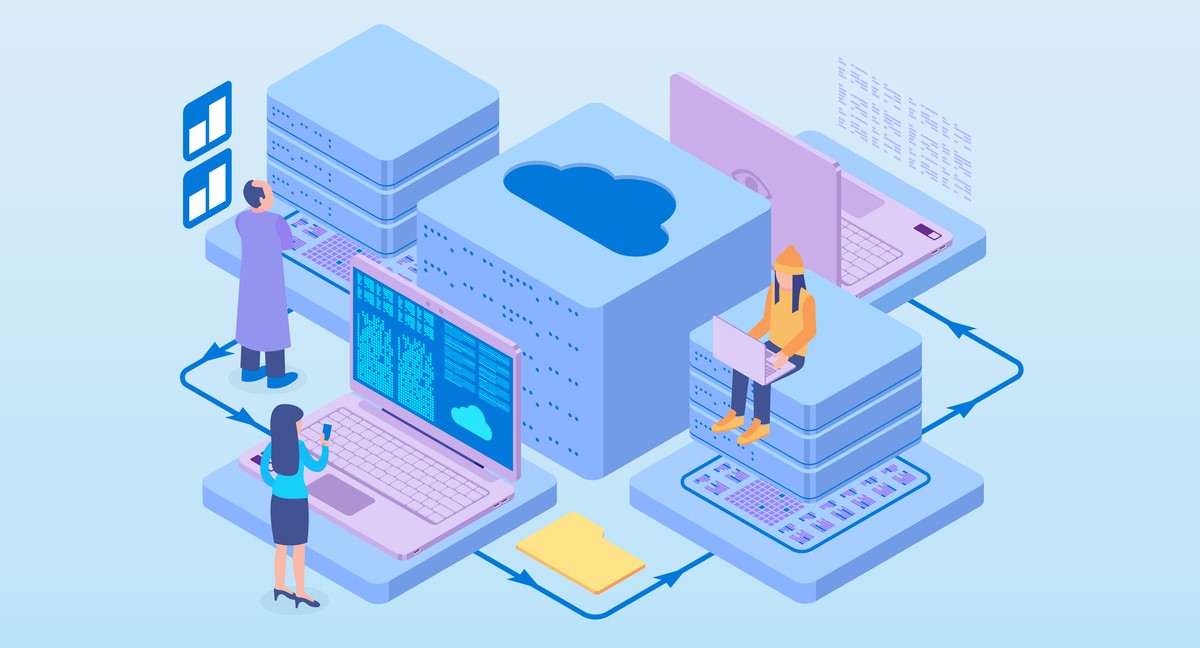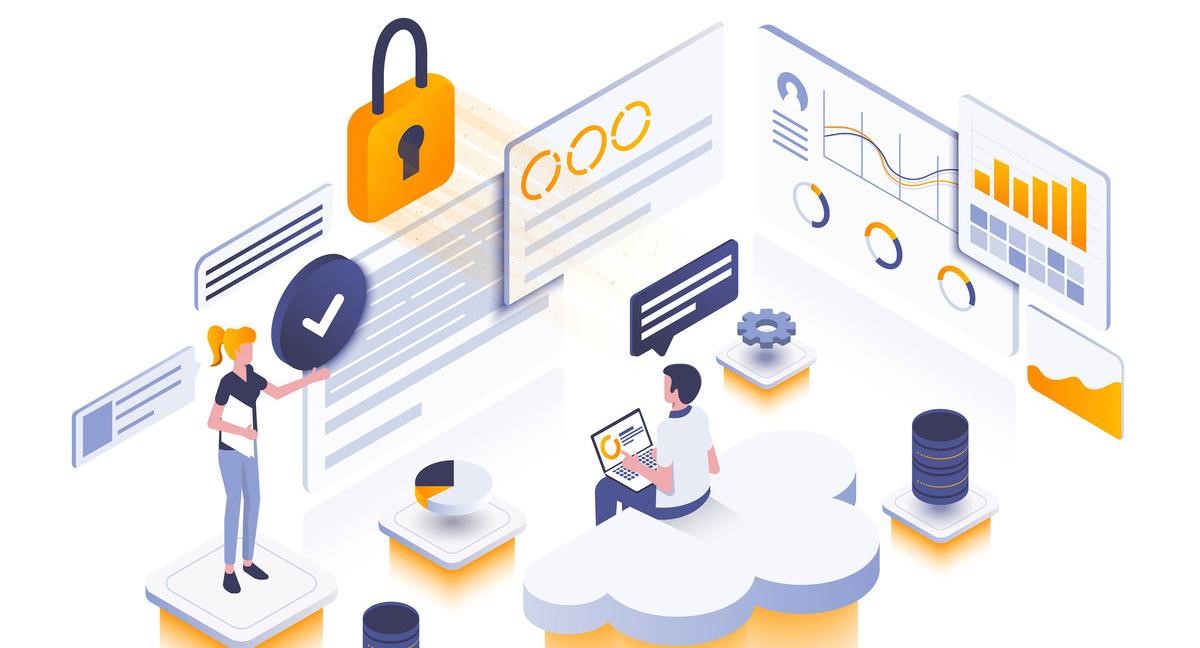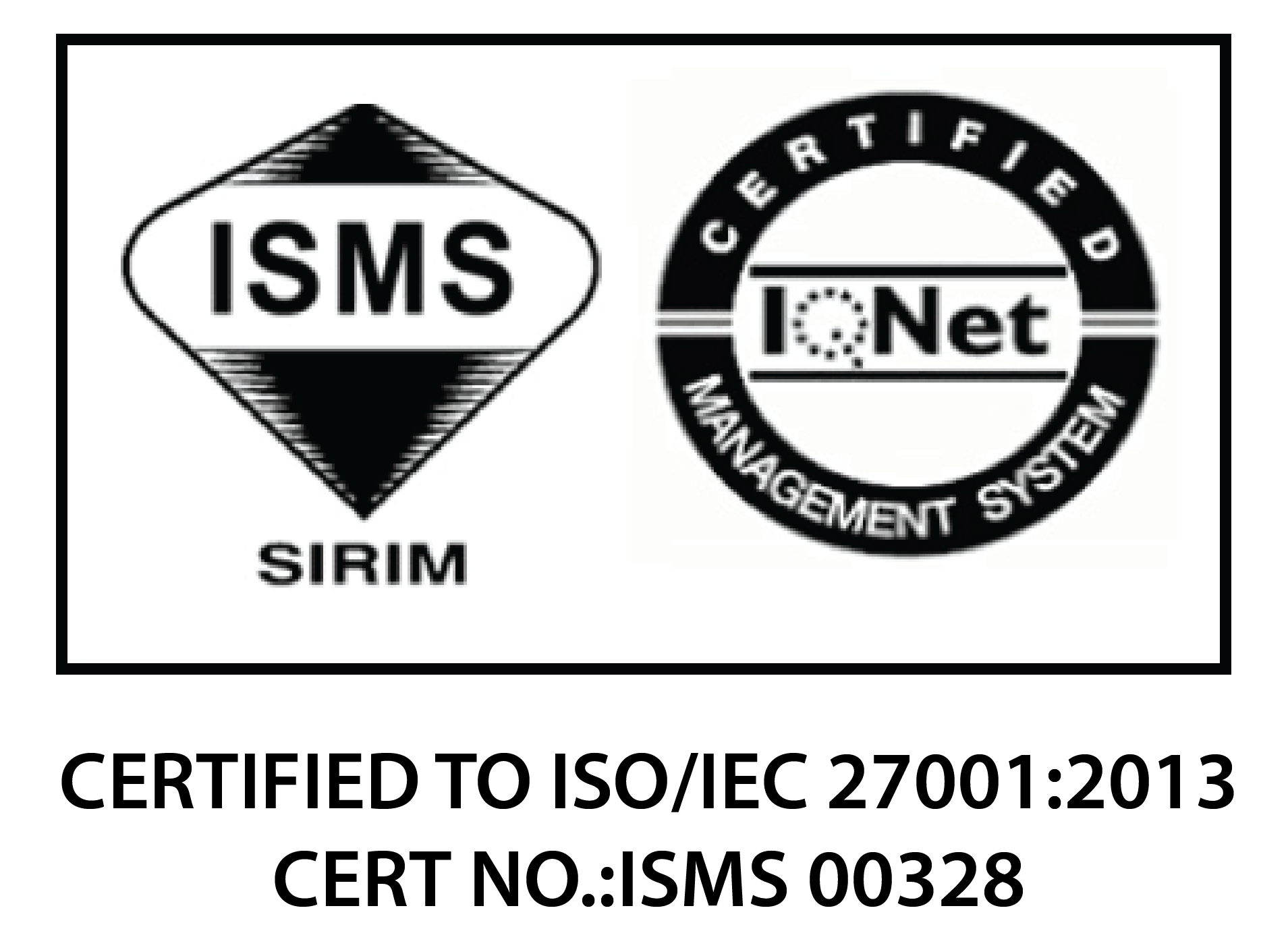Before the pivotal contrivance of the cloud, protecting high-priority business applications involved building and maintaining a second on-premises data centre. This system was costly and, not to mention, an exhaustive operational exercise.
Today, Disaster Recovery solutions can augment data centres to the cloud for practicality in costs and expediency. Furthermore, modern organisations are increasingly leveraging the cloud for their DR needs.
According to Transparency Market Research, Disaster Recovery-as-a-Service (DRaaS) is growing steadily year after year. By 2020, approximately 90% of DR operations have since moved to the cloud.
Back up… What is DraaS?
As you may know from our previous article, DRaaS comprises replicating and hosting physical or virtual servers in the cloud. In times of disaster or disruption, companies must ensure failover can be granted to assume business functions.
A reputable service provider’s off-premises infrastructure can provide aid during seemingly trivial outages to havoc-wreaking natural disasters and cyberattacks. That way, your organisation can carry out its DR plan immediately and minimise excessive downtime, preventing data loss.
So, why is disaster recovery moving to the cloud?
The reasons for moving DR to the cloud are abundant, and you will reap numerous benefits such as:
1. Cost-efficiency with low upfront costs
Accordant with what we mentioned earlier, you no longer need to purchase equipment and build on-premises data centres. After moving disaster recovery to the cloud, companies gain significant savings on hardware, software, IT staff, facilities, utilities and the likes of other traditional expenses.

2. Flexible payment options
In case you weren’t aware, most computing programs and applications offer a subscription-based approach. Consequently, organisations have the freedom and flexibility to scale up or down, coinciding with their respective budgets and needs.
Likewise, it eliminates the possibility of a considerable upfront capital expense.
3. Relocate CapEX to OpEX
Employing a cloud solution also enables your business to move high capital expenses to operational expenses. Yes, this means it negates the hassle of managing and updating onerous hardware. As a result, your IT team can readjust their focus on driving more revenue.
4. Fast, secure and consistent recovery
With the ever-advancing technologies, cloud-based DR allows you to attain your RPO and RTO goals rather effectively. Even when the worst happens, you can quickly restore files and recover workloads from cloud backup.
5. Data encryption
Cybercrime is on the rise now more than ever, and data continuity should always be a top priority in your business continuity and disaster recovery planning. Establishing cloud-based DR ensures that your data is encrypted both in transit and when dormant.

Which DRaaS solution is right for me?
The answer to this is pretty standard. Essentially, you want your DR solution to protect your crucial company data and applications. It should recover your environment in line with your RPOs, RTOs, and budget, all whilst adhering to compliance requirements.
Upon implementing your solution, remember to include a thoroughly tested and managed DR plan, complete with 24/7 failover and instant recovery. That way, you make sure that you’ll be able to access it from any location without a hitch!
Choosing a Managed Cloud Disaster Recovery Service Provider that will meet your organisation’s disaster recovery objectives requires a reliable third-party technology partner. Aegis CDR 12 + 12 seeks to assist firms of all sizes in backing up their corporate data to the cloud easily, equipping them with unlimited DRaaS resources.

